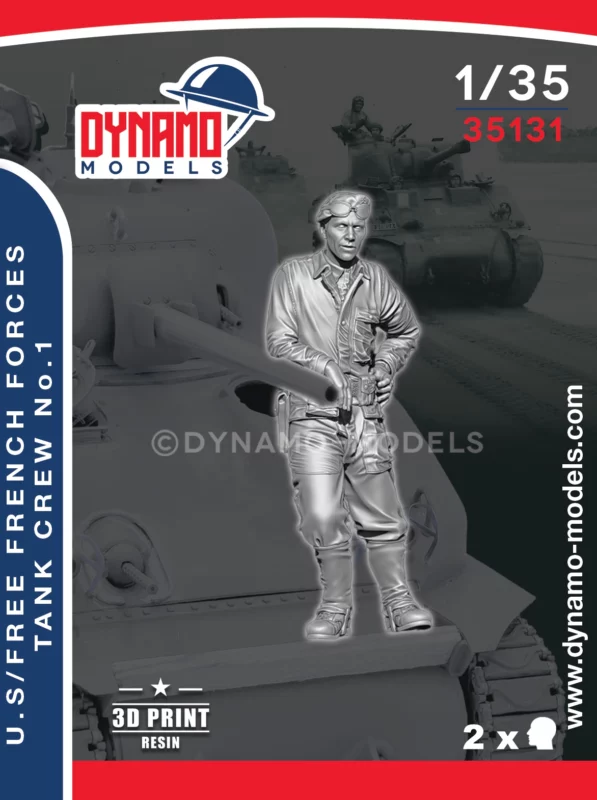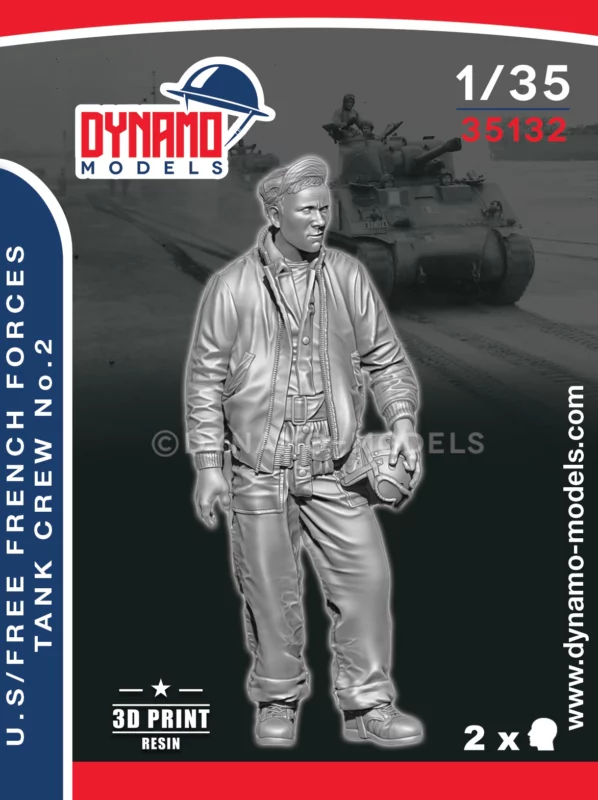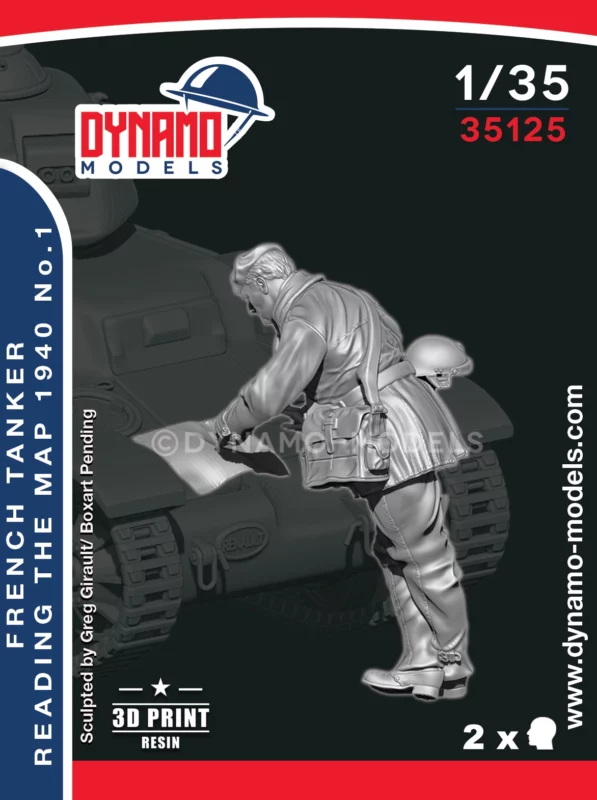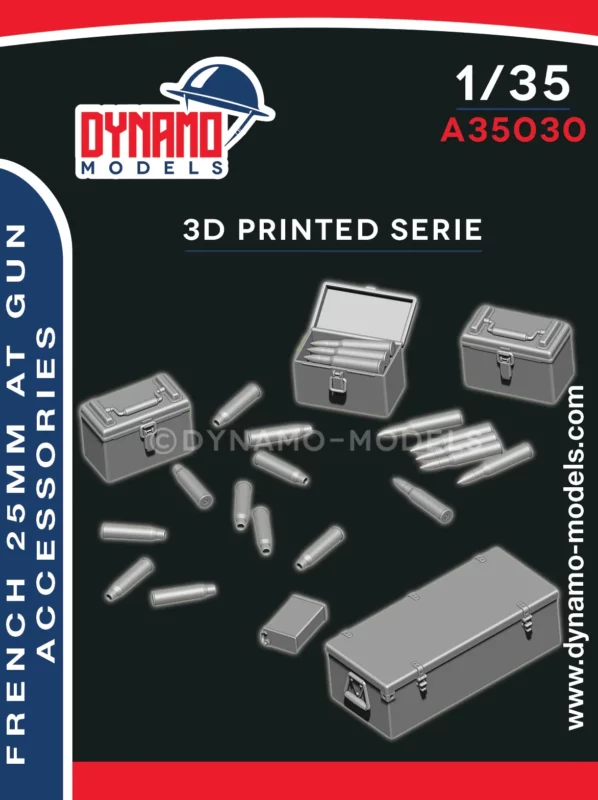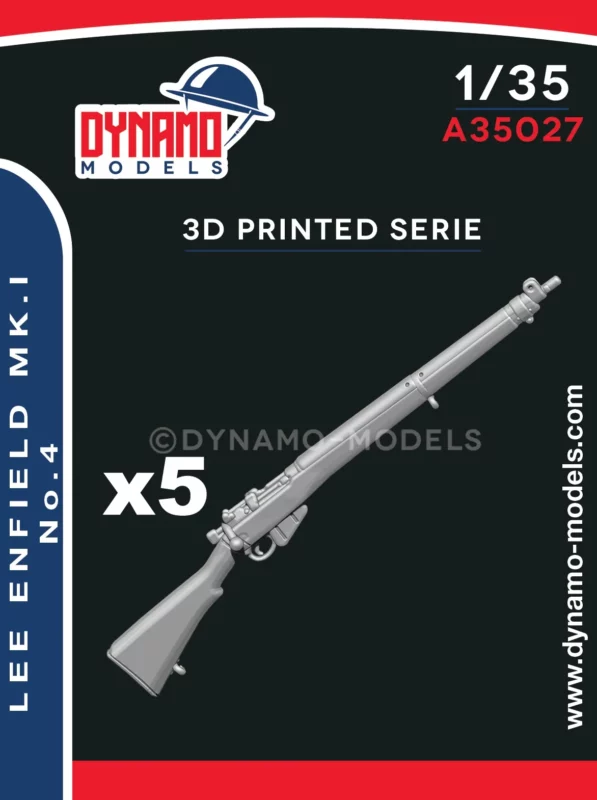NEWEST KITS
NEWEST FIGURINES
NEWEST BUSTS
NEWEST DIORAMA & ACCESSORIES
NEWEST TOOLS
NEWEST MERCHANDISING
T-shirt Chroniques du Blindage
15,00€
Choix des options
Ce produit a plusieurs variations. Les options peuvent être choisies sur la page du produit























